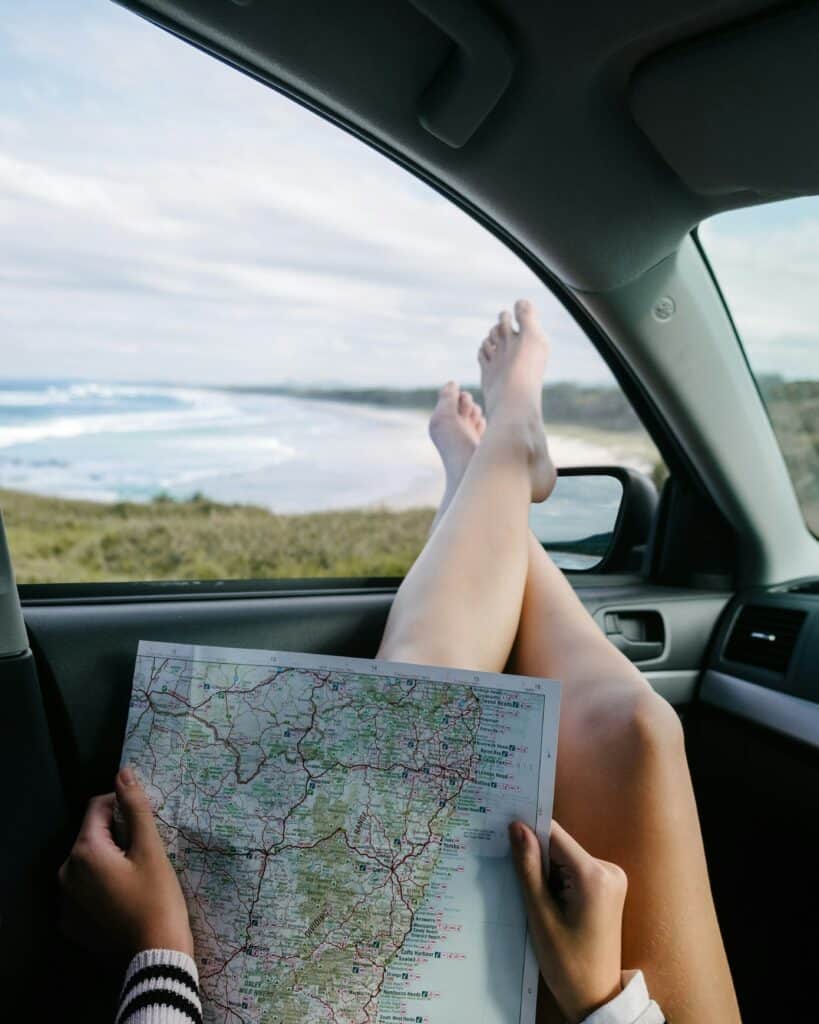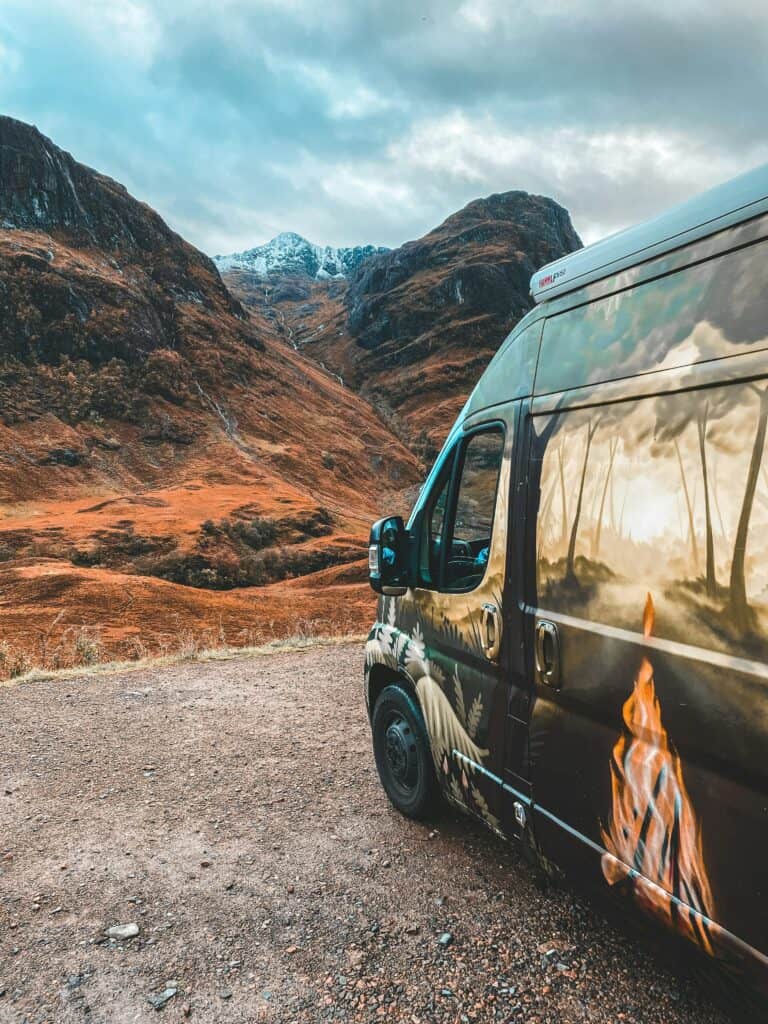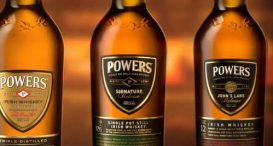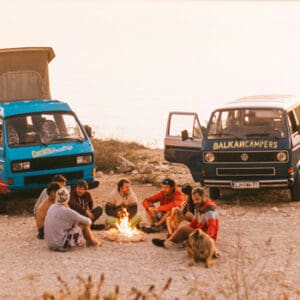How to Plan the Ultimate Scotch Whisky Road Trip
Call us biased if you like, but we here at GreatDrams consider Scotland to be one of the most beautiful countries, not only in the UK, but the entire world.
We’re fortunate enough to be able to regularly travel north of the border into Scotland for work, though in all honesty we’re often there during periods of downtime as well. With its amazing landscapes, its friendly locals, its local delicacies, and so many places of interest, it’s easy to see why Scotland is fast-becoming one of the most popular tourist destinations on the planet.
Of course, as we’re talking about Scotland, we couldn’t possibly not mention the whisky! Whisky is synonymous with Scotland, just as Sangria is to Spain, Guinness is to Ireland, and Rum is to the Caribbean. If you consider yourself a whisky purist, or even if you just want to learn more about this amazing spirit, a trip to Scotland is essential.


With so much to see and do, planning a whisky road trip to Scotland is not a simple affair. Stick with our handy guide however, and we’ll see you right.
Here’s a look at how to plan the ultimate Scotch whisky road trip, according to GreatDrams.
Why Scotland for Whisky?
While this question will be fairly obvious for all you whisky afficionados out there, just remember that everybody has to begin somewhere, even Scotch whisky drinkers. Right now, someone out there is about to try a single malt Scotch whisky for the first time, and begin a lifelong obsession with this amazing wee dram.
Scotland is a part of the world synonymous with whisky. You think whisky, you think Scotland, it’s that simple. Scotland is renowned for its storied whisky heritage, offering a plethora of whisky distilleries – many of which can be traced back centuries.
What we really like about Scotland and its history of whisky distilling, is the fact that there are so many different whisky regions out there, with each one providing a completely different whisky in terms of flavour, aroma, appearance, and character. A whisky from Campbeltown for example, can be completely different to one from Speyside.
Not only does the whisky from each region taste completely different, but the scenery and landscapes of each region also offer you something new and unique. Lowlands distilleries for example, are typically set amongst lush green pastures and picturesque countryside with rolling hills and vibrant green farmlands. Highland distilleries, however, offer rugged glens and mountains, rural valleys, wild Scottish heather, barren moorland, sweeping vistas, and heaps more besides.
With close to 150 working distilleries located across Scotland, you’ll find that they’re spread across five different regions:
-
- Highlands
-
- Lowlands
-
- Campbeltown
-
- Islay
-
- Speyside
-
- Islands (though not recognised by the Scotch Whisky Association as an official whisky region)
To truly experience Scotch whisky in all its glory, you really need to visit each region to learn about how and where it’s made. Location is everything when it comes to Scotch and can have a massive impact on the finished product. Everything from water sources to coastal influences can have a huge bearing on the look, aroma, flavour, and character of the whisky.
Scotland is not exactly a small country, coming in at 30,414 square miles, with the mainland itself stretching 274 miles. Therefore, if you do wish to embark on the ultimate whisky road trip around this amazing country, there’s a fair amount of planning you’ll need to do beforehand…
How to Plan Your Scotch Whisky Road Trip
If you’re all set to embark on your northern adventure and are ready to begin touring Scotland, taking in the different whisky-producing regions and the amber nectars they produce, it’s vital to get everything ready beforehand.
We’re talking about a proper road trip here, not just a day out to a local distillery, or a weekend in Edinburgh. You’ll be touring Scotland and its many islands, and will be on the road for a good 10 days or so, at the very least.
To help you prepare, here are some handy tips we highly recommend you follow:
Research
To begin with, to help get your road trip off to the best possible start, it’s worth doing your research to find out about whisky production and the whisky produced in each region.
If for example, you love your Islay whiskies, you can base the bulk of your trip around Islay and the distilleries found there. If you prefer sweeter, smoother whiskies, Speyside should be your region of choice. For a great all-arounder region however, Highland distilleries often offer you a bit of everything.
Planning
If you’re serious about this epic road trip, you’re going to need to make sure you plan everything in advance. By this, we mean the route itself.
If you have an idea of which regions you’d definitely like to visit, find out where the distilleries are, and how to get to them. Be aware that some distilleries are very rural and quite isolated, and may require the use of a ferry to get there.
Obviously, the more regions you want to visit, the more time you’ll need. If you do intend on visiting all five regions (six if you visit the Islands) you’re going to need a minimum of 10 days, though honestly, we recommend a fortnight.
Accommodation
As this is a road trip, the idea is to be on the move. You’re going to be travelling around Scotland, taking in the different sights that each region offers, and obviously, you’re going to need somewhere to stay.
When planning your route, be sure to factor in places to stay. Like with the NC500, a lot of people will use camper vans/RVs for this journey, which means that you have a lot more options in terms of sleeping. You’ll still need food and drink of course.
If you’re driving, you’ll need to find accommodation. Thanks to the wonders of the internet, doing so shouldn’t be too much of an issue. Just be aware however, that WIFI signal/4G/5G signal can be temperamental, especially in some of the more rural and isolated parts of Scotland.
Because there are so many whisky lovers out there, these types of road trip are becoming more and more common. As a result, popular accommodation choices are often fully booked months in advance. Basically, what we’re trying to say is to not leave everything until the last minute, and to book your various accommodation choices as far in advance as you can.
Transport
We touched upon transportation prior, but now we’re going to expand upon it just a little bit.
If you want to experience each of the different whisky producing regions found in Scotland, you’re of course going to need a way to get to them. You can of course use your own transport if you have it, or you can rent, or you can use public transport, though of course you may struggle to find public transport to some of the more isolated regions.
A lot of people choose to explore Scotland via motorcycle. If this applies to you, it is indeed a wonderful way to experience Scotland. Unfortunately, it could also be the ultimate way to experience Scotland’s weather. Exploring via motorcycle is amazing in nice weather, but in bad weather it’s not quite as nice, and can also be dangerous.
Also, if you are driving, be aware that most distillery tours will offer samples, though some will also offer them in miniature bottles for you to takeaway and enjoy at your leisure. If you do plan on trying samples, you will of course need a designated driver.
Finances
Wouldn’t it be amazing if we didn’t need to worry about finances, and we could spend whatever we liked and do whatever we liked? Sadly, life can be quite unfair at times, and it doesn’t exactly work like that. If it did, salad would taste amazing and fast food would be low in calories and good for us.
As life isn’t fair, most of us don’t have unlimited funds which is why planning this road trip will require a fair bit of money management. Not only do you need to factor in distillery tours and booking tastings, you’ll also likely need money to buy any whisky you really enjoy, as well as other souvenirs.
On top of that, there’s also accommodation fees, food and drink, and of course travel money as well.
Now that we’ve covered the basics behind planning this epic adventure, all that’s left to do now is look at the different regions so you can decide which you’d like to visit.
Each region offers you something new and completely different, and not just in terms of whisky either. You’ll enjoy different scenery and landscapes, different weather, different food and drink, people will have different accents, and there’ll be different things to see and do between learning more about whisky.
Here’s a quick breakdown of the different whisky regions in Scotland, as well as a few recommendations for which distilleries to visit.
Campbeltown
Campbeltown may be the smallest whisky producing region in Scotland, but don’t let that fool you, its single malts are full of character and flavour.
At its peak, there were over 30 distilleries located here, now there are just 3 as of this writing. It was once a thriving whisky producing region in Scotland, but saw a huge decline in demand for whisky from the region in the mid-1800s. This was largely down to distillers trying to cut corners to save costs, as well as improved travel links to other distilleries in other regions.
Located in the heart of mainland Scotland, Campbeltown whiskies are robust, oily, and sometimes smoky, and are packed full of character. As there are only 3 distilleries here, if you can it’s worth visiting them all. Incidentally, they are: Glen Scotia, Springbank, and Glengyle. The most popular distillery here is Springbank, which is also the oldest, having been opened in 1828.
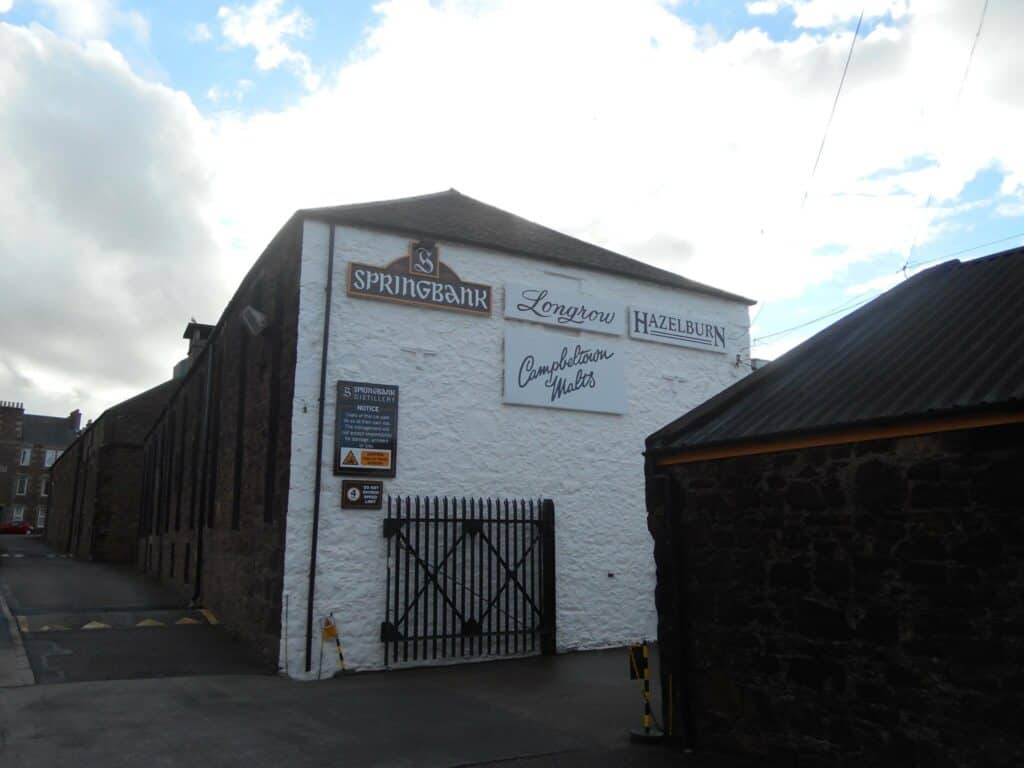

Photo Credit: Springbank
Islay
If you visit just one region in Scotland famous for its whisky production, make that one region Islay.
Considered by many to be the spiritual home of whisky, the island of Islay is located on just off Scotland’s West Coast near the Inner Hebrides.
Islay (pronounced eye-luh) is not a large island (25 miles long and 15 miles wide) yet it is a whisky producing powerhouse. This is even more impressive when you consider the fact that there are only currently 9 working distilleries remaining on the island.
Of these 9 distilleries, 3 of these are world-renowned (Laphroaig, Lagavulin, and Ardbeg).
Islay is where Scotch whisky purists gravitate. When people think of a traditional single-malt Scotch, they typically think of flavours associated with an Islay expression. Islay whiskies are predominantly heavily peated, taking on plenty of coastal influences in the form of sea saltiness and marine salinity, with sweet and smoky undertones.
The oldest distillery on Islay is Bowmore, which is nearly two and a half centuries old, having been opened back in 1779. This, like all the others, comes very highly recommended. You’ll learn some fascinating facts about Scotch whisky and its storied history, and you’ll try more than your fair share of drams on this magical island as well.
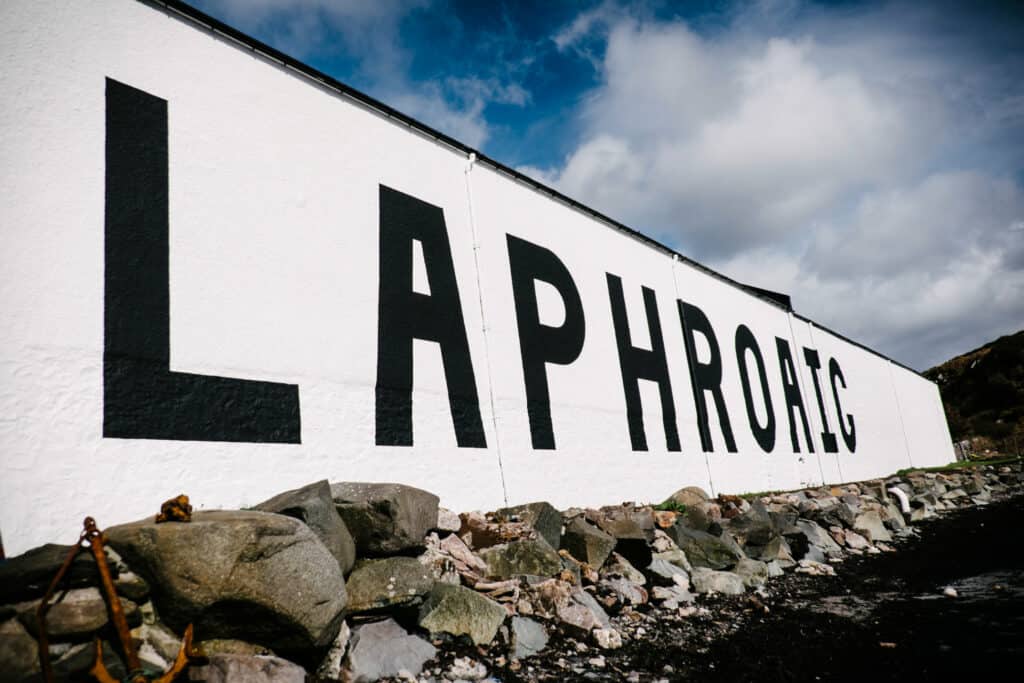
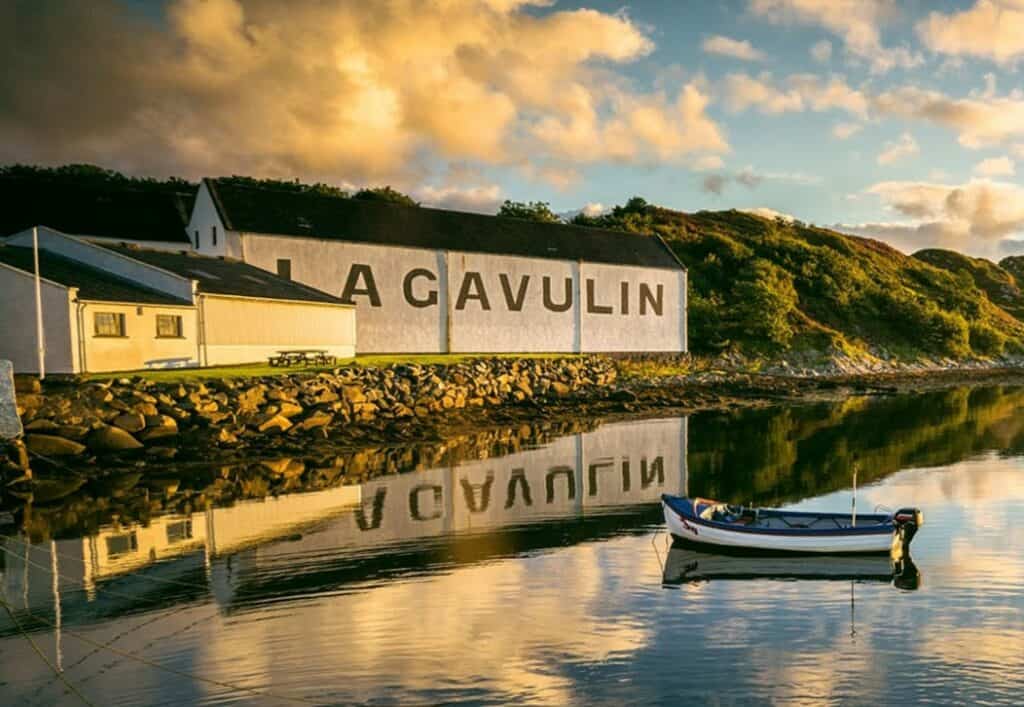
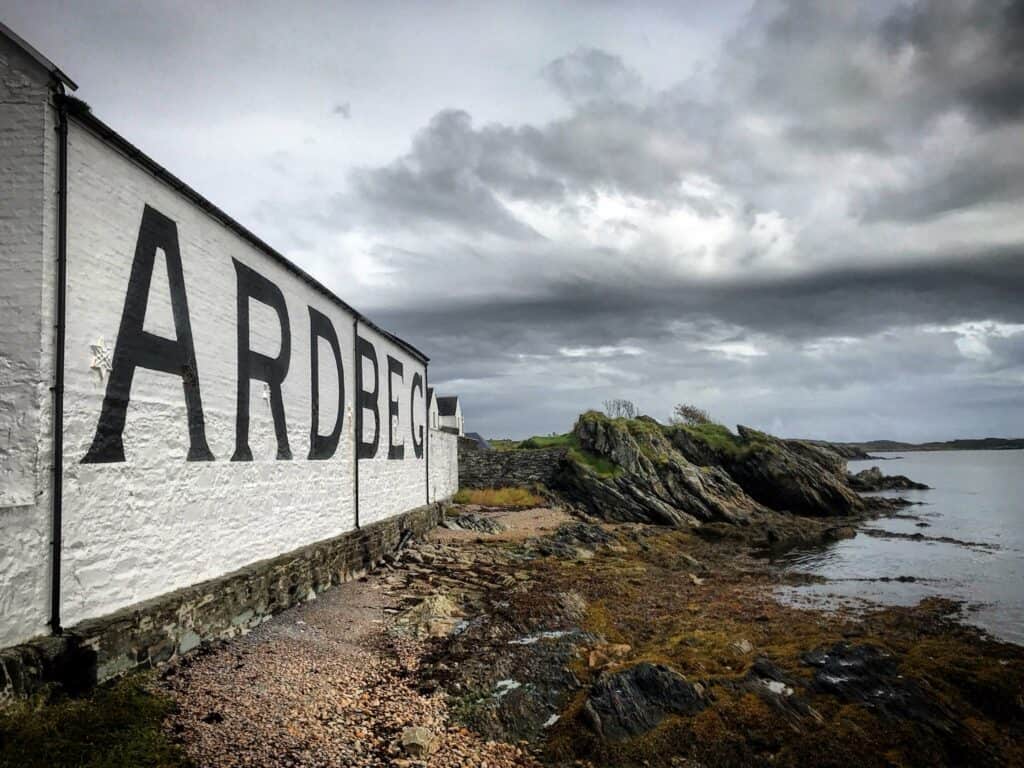
Speyside
If you’re not a fan of the harsh and peaty notes you get from an Islay whisky, Speyside should be the next region on your epic Scotch whisky road trip.
Speyside is a hugely important region in terms of whisky production, as it is responsible for more than half of Scotland’s whisky production.
Located in the Northeast of Scotland, Speyside is renowned for its flowing rivers, lush green glens, and fertile grasslands which are perfect for growing the barley used to produce the whisky in this region. If you are strapped for time and are looking at just one region, Speyside is perfect as it is home to over 50 working distilleries. It is also home to the world-famous Speyside Malt Whisky Trail.
The Malt Whisky Trail is like no other whisky experience on the planet. Set in the heart of Speyside, covering a distance of 62 miles, the trail is home to the captivating Speyside cooperage (the only operational cooperage in the UK), 7 working distilleries, including The Glenlivet distillery and Glenfiddich, and the historic Dallas Dhu distillery, which is no longer operational, yet is one of the most fascinating distilleries in the region.
Speyside whisky is quite the contrast to Islay whisky, in that it is rarely peated and offers much smoother, milder flavours. Because of this, you tend to get far less harsh and smoky notes. Speyside malts are typically sweeter, smoother, richer, and fruitier. The most popular distillery here is likely the Glenfiddich. The oldest however, is Strathisla, which began operations in 1786.

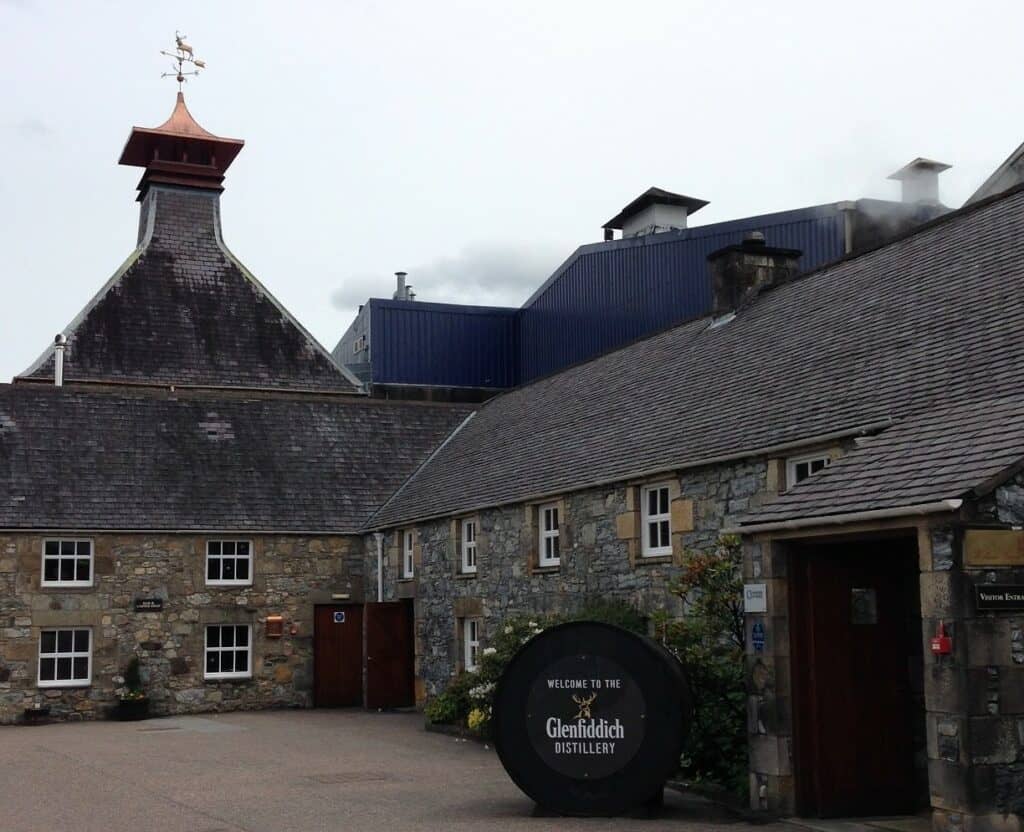
Photo Credits: The Glenlivet, Glenfiddich
Highlands
The Highlands are the largest of all Scotland’s whisky regions, and many would say, they’re the most beautiful as well.
The Highlands cover much of Scotland, and because of their vast size, the scenery you’ll encounter in this region varies massively from location to location. Distilleries situated in the northern Highlands for example, offer vistas very different from those found in the eastern Highlands.
If you’re looking for a region that allows you to experience plenty of Scotland as a country, as well as the whisky, this could very well be the region for you. Because it’s such a diverse region, the whisky produced here is also diverse, and is hard to describe. Speyside whisky for example, is typically smooth, sweet, and fruity. Islay whisky is often harsh, peated, and smoky. Highlands whisky however, has a bit of everything.
The Highlands are home to more than 25 working distilleries (closer to 50 if you count many of the Islands located nearby) with different regions of the Highlands providing very different whiskies.
The northern Highlands for example, provide rich, full-bodied whiskies with a touch of sweetness and plenty of depth. The Dalmore and Glenmorangie are prime examples of this, while also serving as two of the most popular distilleries in the Highlands. You’ll find lighter, less complex whiskies in the south and the east, while western highland distilleries tend to be similar to Islay whiskies, with plenty of smoke and peated notes.
If you want to experience all that Scotland has to offer, and explore many different varieties of whisky, your road trip should most definitely make the Highlands a focal point.
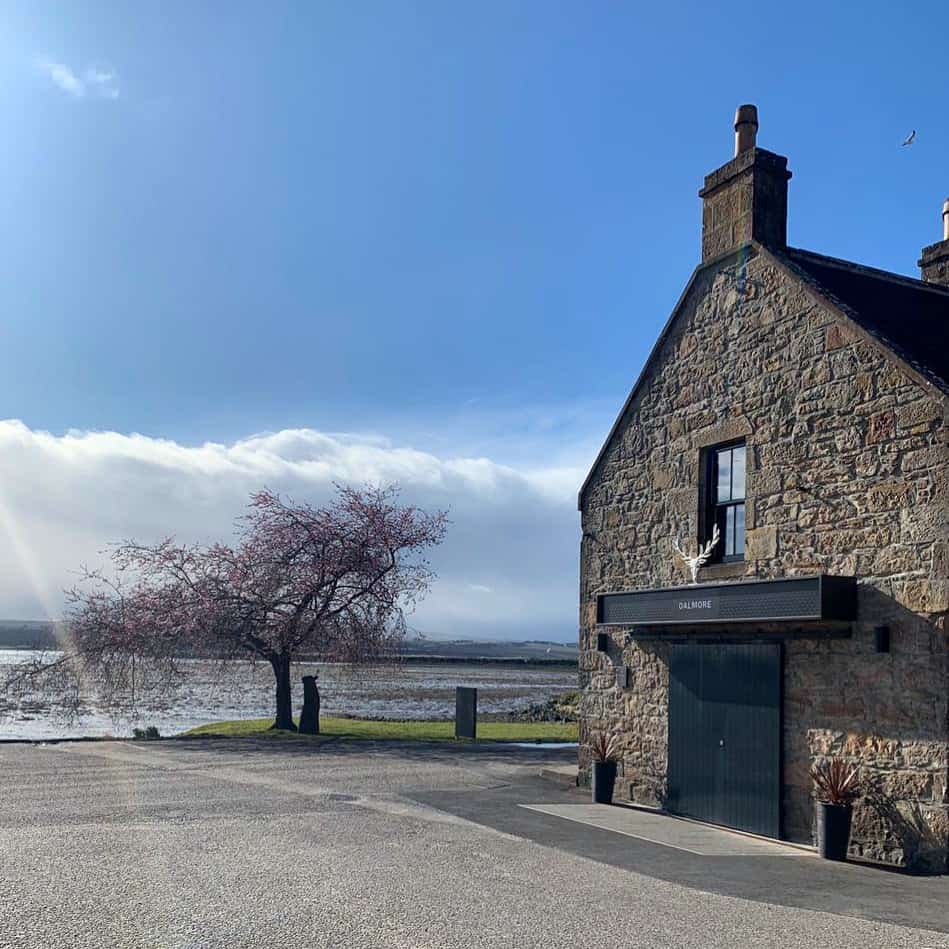
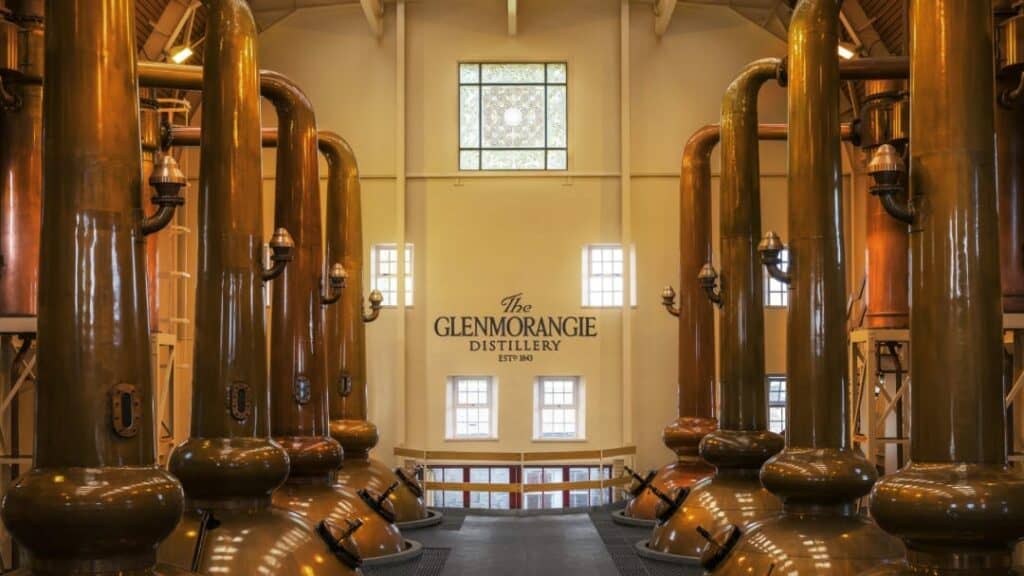
Photo Credits: The Dalmore, Glenmoragie
The Lowlands
Finally, the last region we have for you today is the Lowlands.
Located in southern Scotland, the landscapes here are more akin to rural countryside spots, rather than weather-beaten coastal cliffs, or imposing Highland glens and mountains. The terrain is also much more forgiving, and easy to navigate (worth considering if you are in a large campervan).
In terms of area, the Lowlands is the second-largest whisky region. In terms of whisky production however, until recently there were just 3 working distilleries here. Because of its close proximity to the English border, and because the roads are much easier to navigate, and with more tourist attractions and development, a number of new distilleries have recently been opened here. There are now 17 working distilleries here as of this writing, as well as 6 grain distilleries.
Now, if you’re new to single malt whisky and are just getting used to the somewhat harsh flavours, our advice is to begin your road trip in the Lowlands. Lowlands whisky is much lighter, sweeter, and fruitier than peated whisky. There are also more floral and vanilla notes. Because of this, they make the perfect introduction to Scotch. They’re even known affectionately as the ‘Lowland Ladies.’
The most popular distillery here is the Glenkinchie. The oldest however, is the Bladnoch, which was established in 1817.

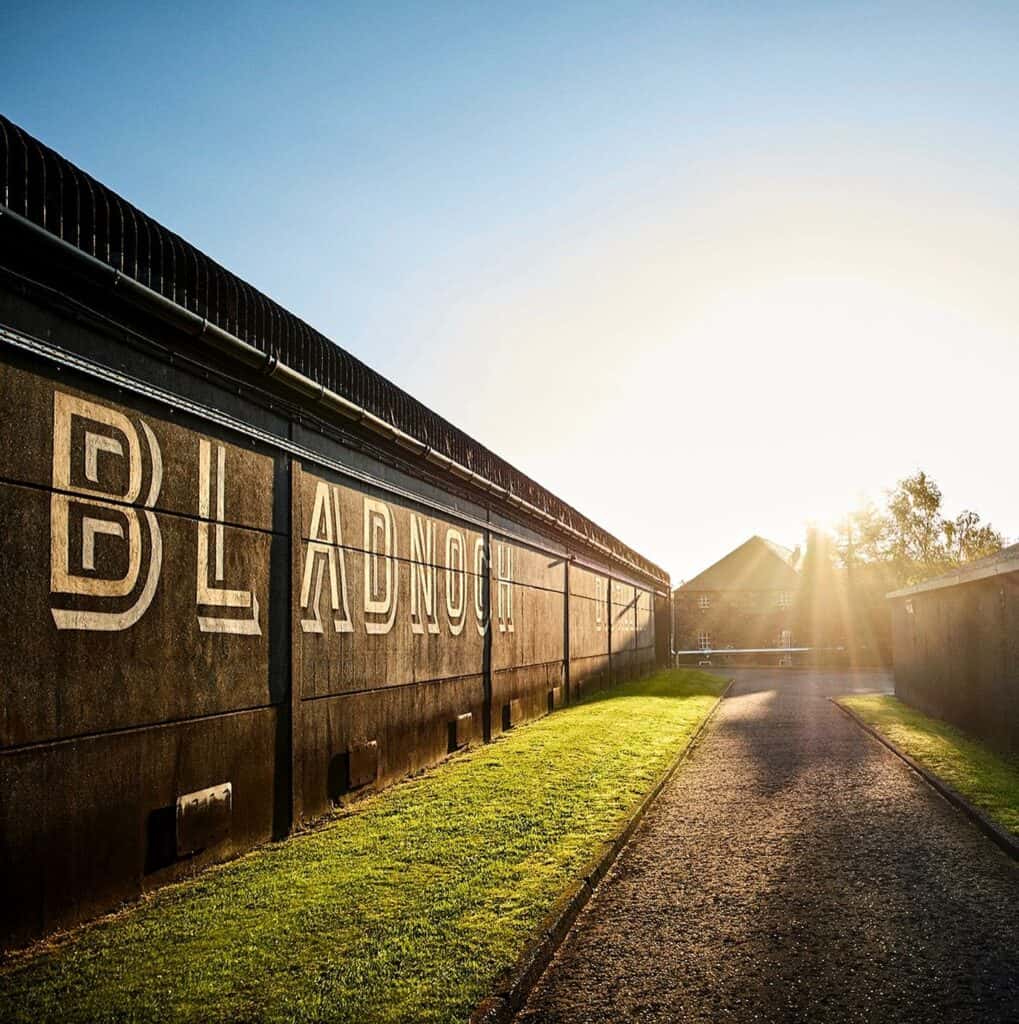
Photo Credits: Glenkinchie, Bladnoch
And that brings our ultimate Scotch whisky road trip guide to a close.
Hopefully the info contained above has been both useful, and informative. Whisky is a complex spirit dating back centuries. Not only is it a delicious tipple, it’s also one steeped in history and is hugely interesting to learn about.
A Scotch whisky road trip may take a fair deal of planning, but the sights you’ll see, the places you’ll visit, the people you’ll meet, and the whisky you’ll taste make every single second of planning more than worth it.
Looking for a dram or two to get you in the mood for your trip, or simply for one to enjoy in the evening as you pass the time until your road trip begins? Head on over to our award-winning GreatDrams website and check out the impressive selection of fine, rare, limited-edition, and award-winning whisky you simply cannot find elsewhere!
Photo by Balkan Campers on Unsplash
Greg
You might be interested in
More from the blog
Follow greatdrams
latest articles
Latest whisky
exclusively from GreatDrams
-
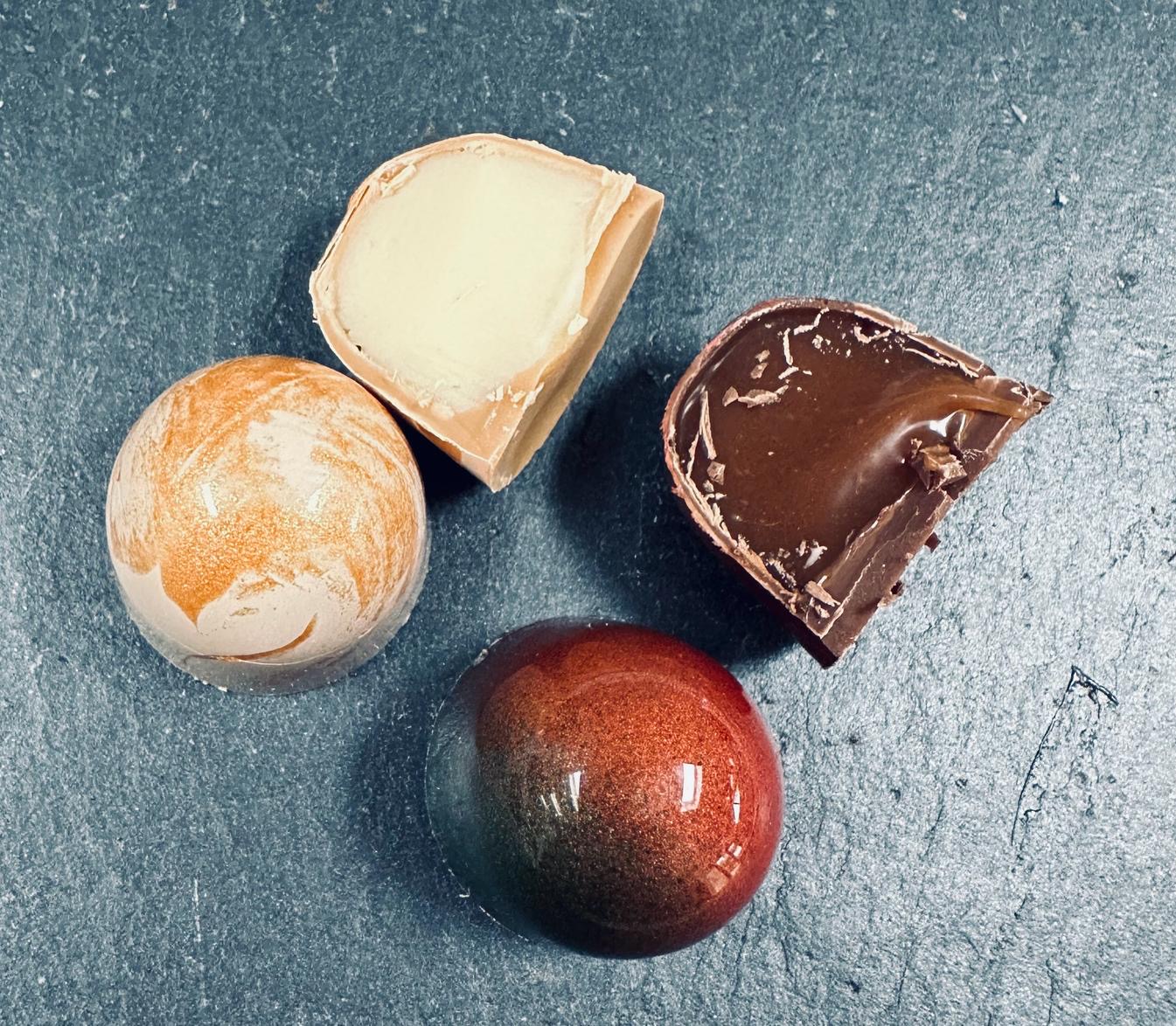
GreatDrams Whisky Chocolates
£7.00 – £32.00 -
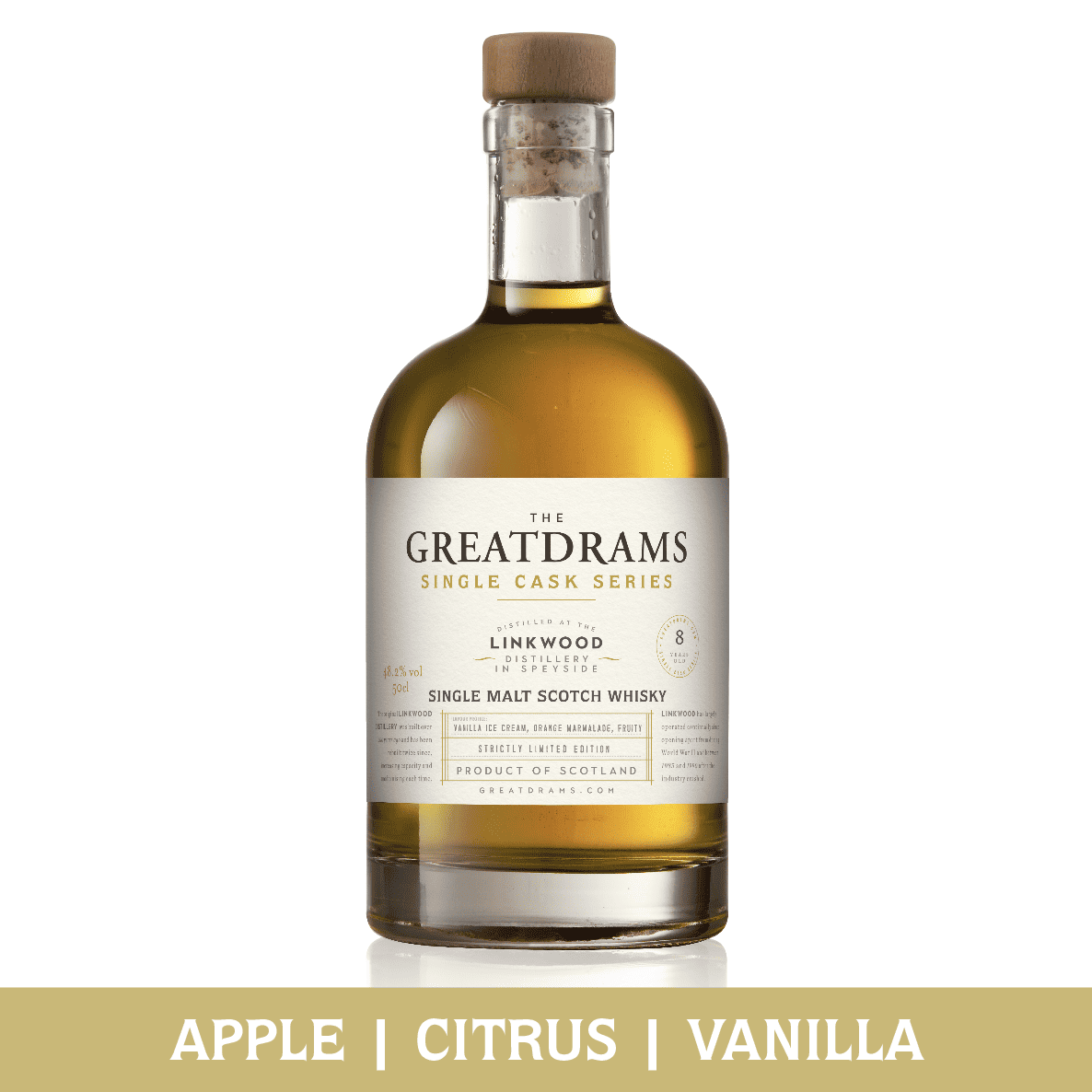
Linkwood 8 Year Old Single Cask Single Malt
£30.00 – £55.00



